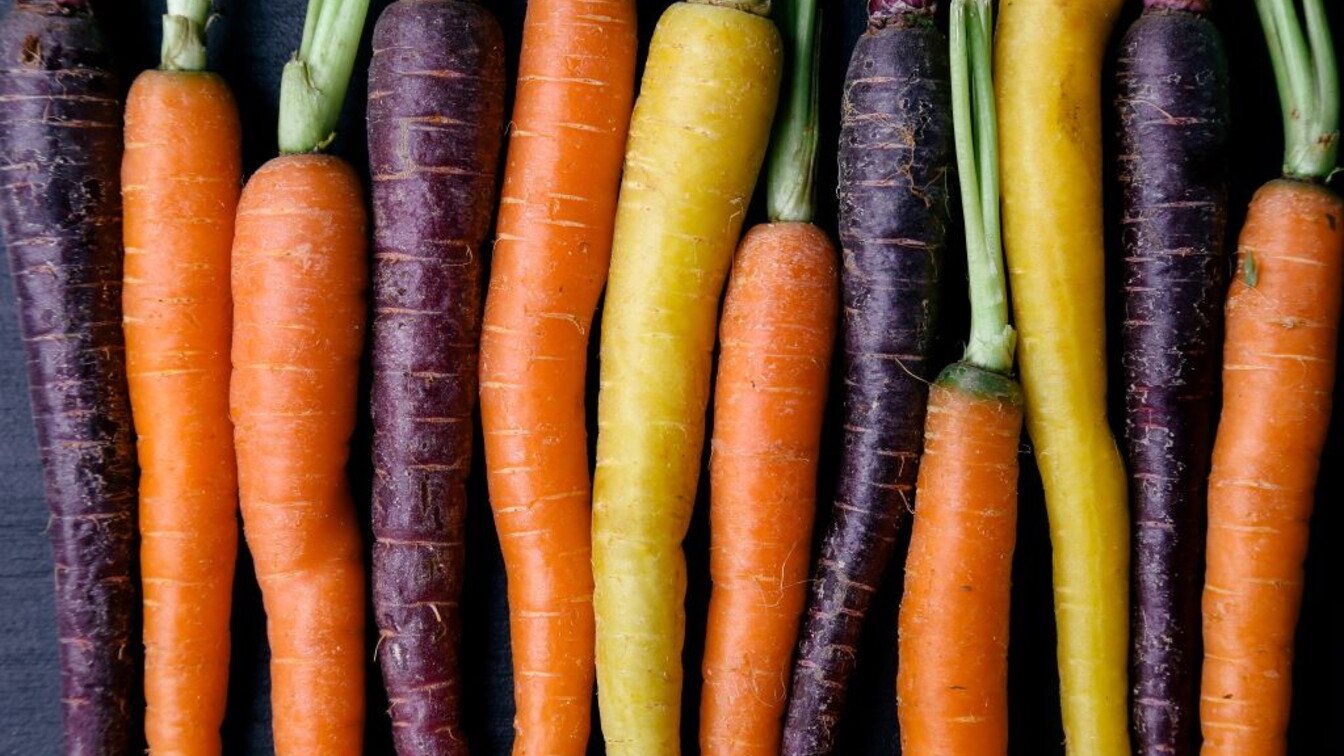

Purple, violet, yellow, red, or black: what’s the color of a carrot? In Polignano, they come in every shade, just as they did five centuries ago. Beyond its turquoise waters and sea caves, the town of Domenico Modugno boasts another unique attraction: the San Vito carrot. Sweet, tender, and multicolored, these carrots are a Slow Food Presidium whose seeds are not sold but handed down from generation to generation.
Named after St Vitus Abbey, near which all the plots are located, these carrots benefit from the sandy, salty soil near the sea, making them especially sweet. Available only from December to March, “The Polignano carrot is a cultivar,” explains mayor and agronomist Vito Carrieri. “It’s an ancient native variety. You can find them in April, but they are more woody and fibrous. It’s not a niche product, but it does have a small market.”
Sweet, tender, and multicolored, these carrots are a Slow Food Presidium whose seeds are not sold but handed down from generation to generation.
In agriculture, there are hybrids that are not GMOs but are developed to be sweeter and more disease-resistant. This is what the Dutch achieved in the 16th century. Through a series of seed combinations, they managed to turn the color of carrots to the familiar orange we know today (which, not coincidentally, is also the color of the Dutch national sports teams). By solving the problem of carrot varieties—making them uniform in shape, size, and taste—the Dutch ensured higher yields for farmers. They did the same with the color, creating the orange carrot that became widely popular.
But the true strength of the Polignano variety lies in its flavor. The fields, totaling 10 hectares, are sandy and have a high average salinity, enhanced by irrigation with brackish water. This water is pumped from a 19th-century stone well, hand-hewn to a depth of 12 meters to reach the first seepage of sea water. The irrigation cycle follows the tides: when the sea is low, the wells run dry and small underground reservoirs are used.
Just over a dozen local producers grow this unique vegetable, including Marta and Modesto, who founded 'Méstagnaz,' a farm that oversees every step of the production process. “Each step is performed by hand and requires great care because this type of carrot is very fragile. The colder the air, the greater the risk of breaking the carrot during the various steps,” they explain.